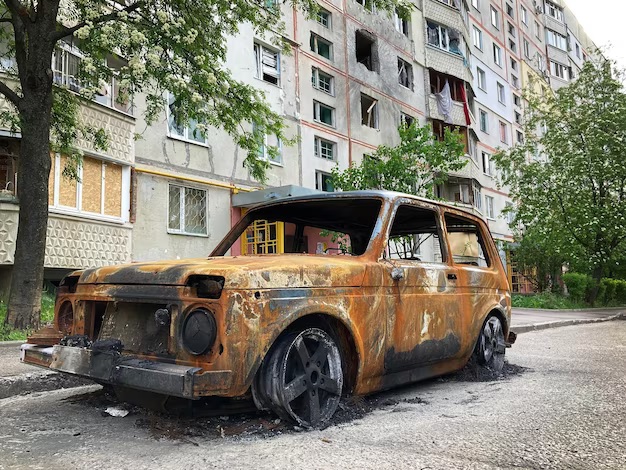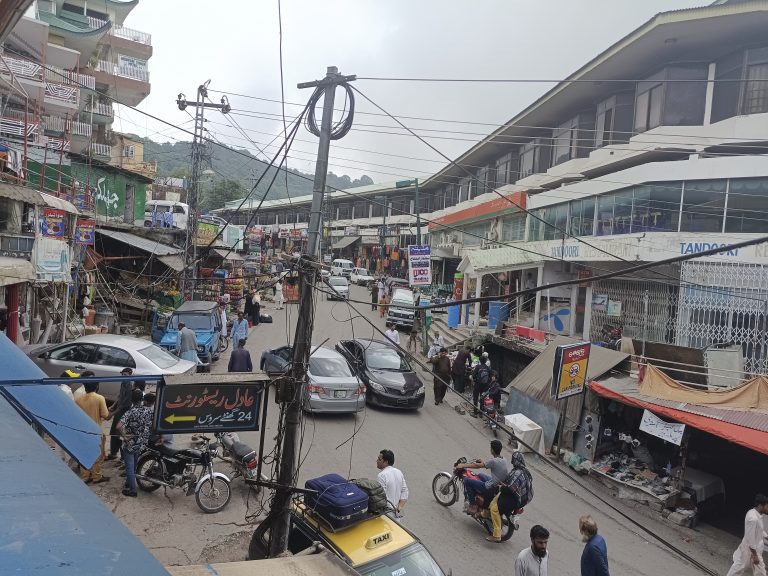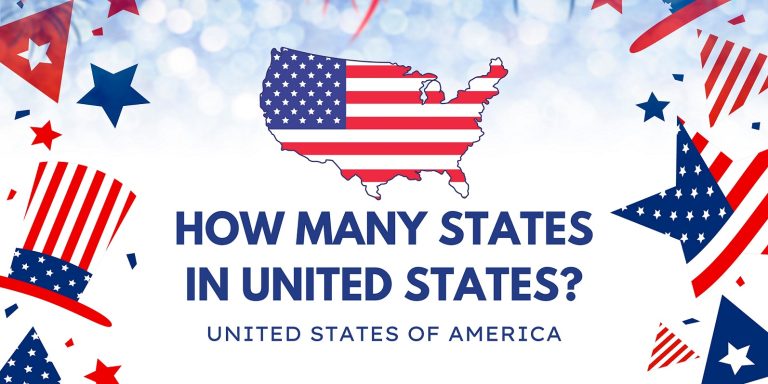Unveiling the Truth: Putin’s Stance on Ukraine and the Implications for Global Security

Image Source: FreeImages
## Introduction to the Ukraine conflict
Historical context of Russia’s relationship with Ukraine
To understand Putin’s actions, we must delve into the historical ties between Russia and Ukraine. The roots of this relationship can be traced back centuries, with Ukraine being an integral part of the Russian Empire. However, Ukraine gained independence following the collapse of the Soviet Union in 1991, which created a new dynamic between the two nations. Russia has always regarded Ukraine as within its sphere of influence, and tensions have persisted due to conflicting aspirations for power and control.







